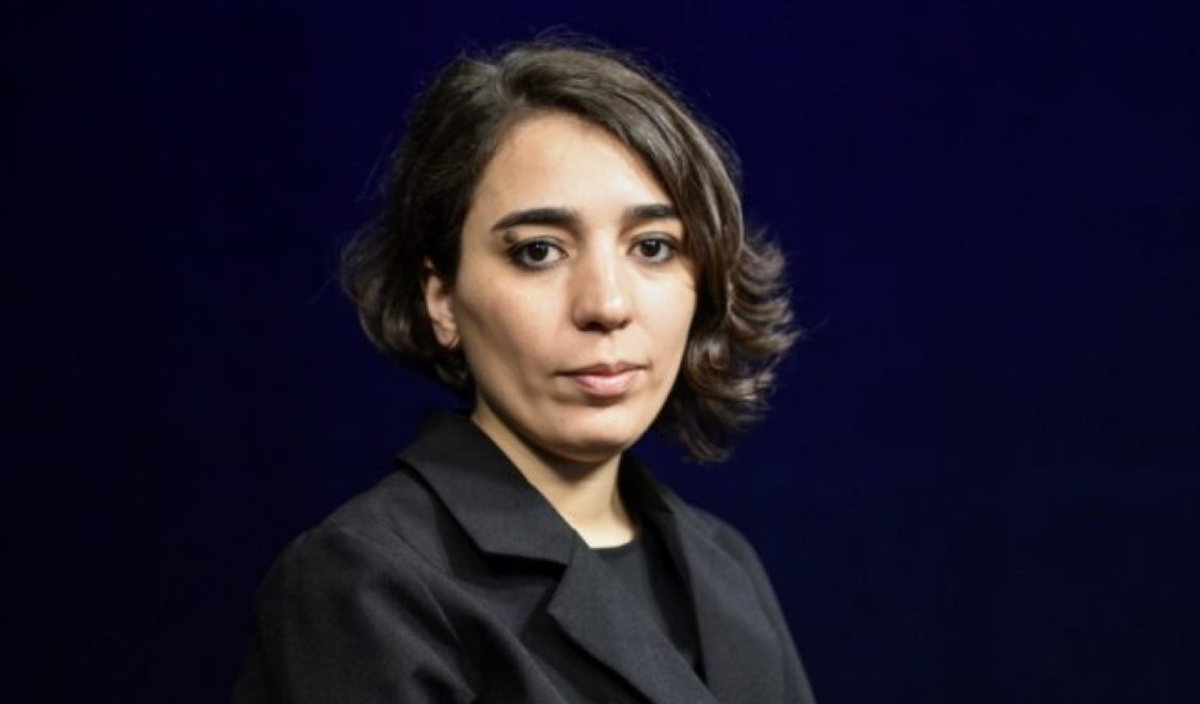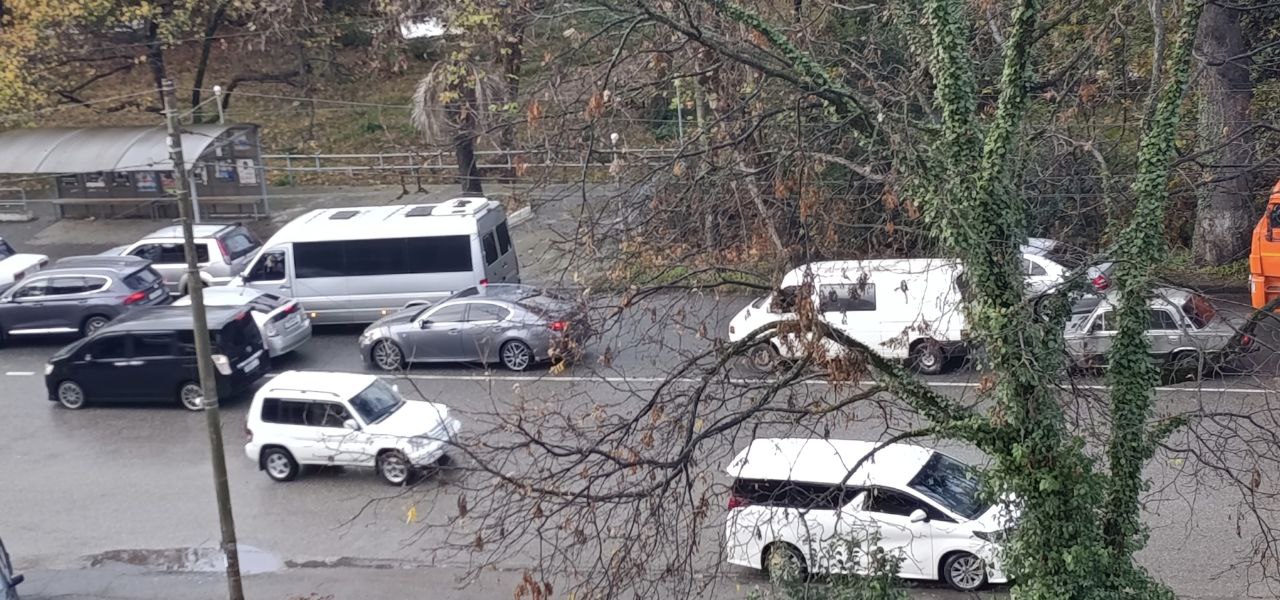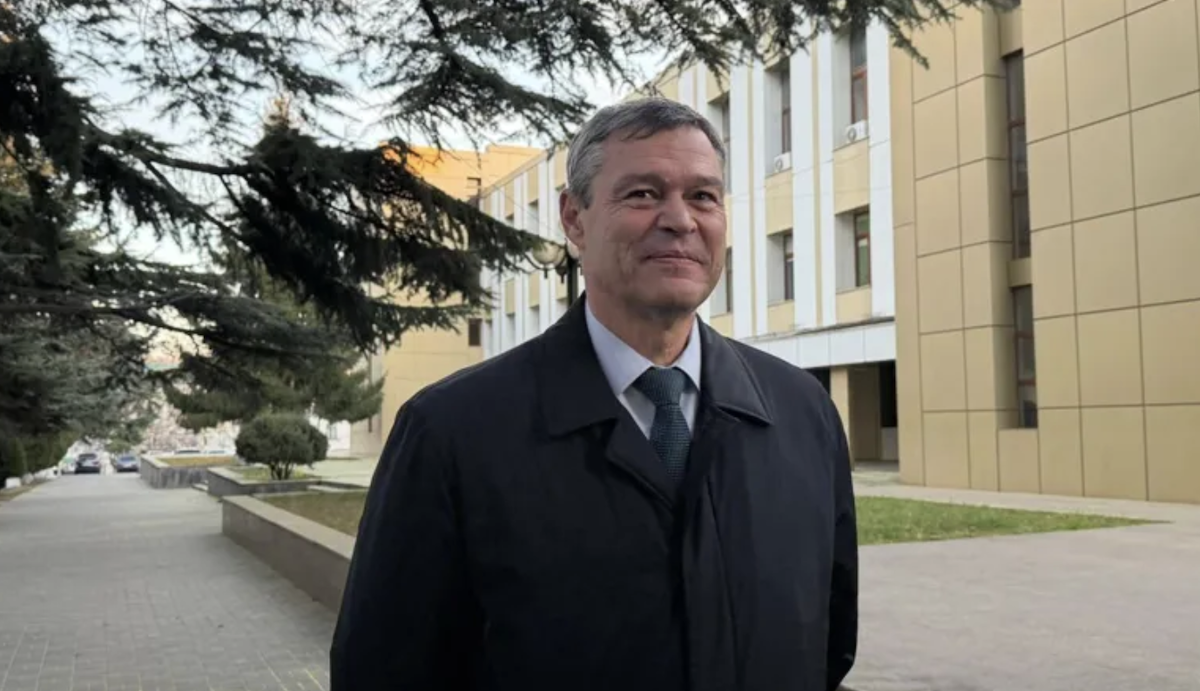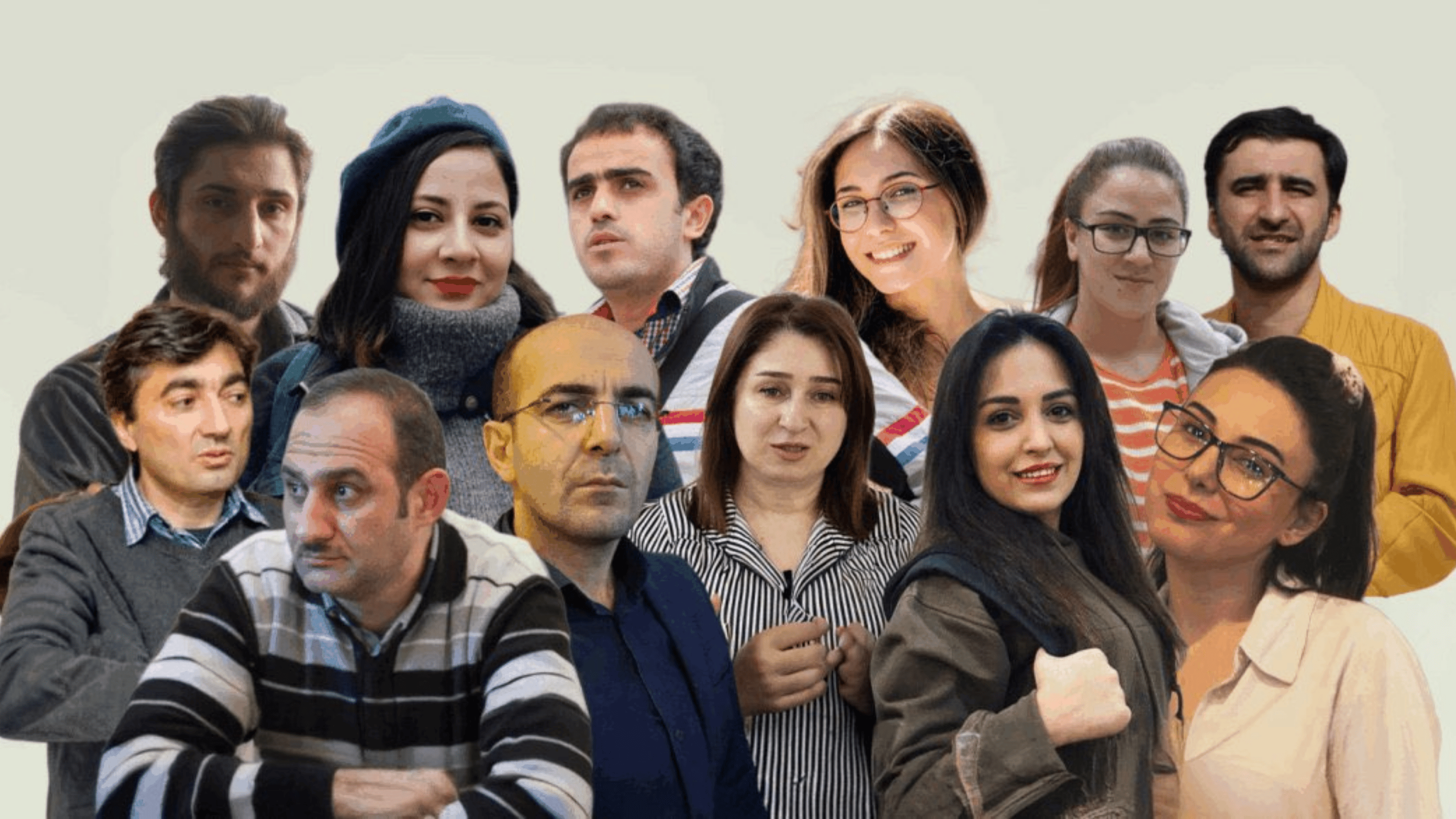The one who provides gas is a boss: by an example of Moldova and Russia
Moldova has its own gas pipeline running through Romania. The country is a member of the European Energy Community. Nevertheless, Moldova is still 100% dependent on the Russian gas. How come
How Gazprom’s monopoly was formed
Moldovan gas market is controlled by MoldovaGaz JSC, which was set up in 1999 and yielded rather dismal results to Moldova.
Thus, Moldova was left with mere 35,3% of shares in the only company supplying gas to the country’s market, whereas Gazprom became the only natural gas supplier to Moldova.
Gas pipeline through Romania: open but useless
Total dependence on the Russian gas has long encouraged the Moldovan authorities to seekthe way out. Back in 2010-2013, Moldova started connecting to the Romanian transportation networks and joined theEuropean Energy Community.
And then, on August 27, 2014, on the Day of Independence of the Republic of Moldova, the 43-kilometer long (including 11 km through the territory of Moldova) Iași (Romania)-Ungheni (Moldova) gas pipeline was pompously launched.
However, two years have passed, but the pipeline still remains virtually empty. By 2017, only 1,2 million cubic meters of Romanian natural gas were transported acrossed the river Prut, and that’s just 0,1 % of annual volume required byMoldova.
The problem lies in the lack of funding: construction of the pipeline is only half the matter.
“Some huge investments, both from the Romanian and the Moldovan side, are required to ensure that Iași-Unghenireally becomes the way out of this situation,” says Victor Parlikov, an expert at the Institute of Development and Social Initiatives, ex-head of the National Energy Regulatory Agency.
Gas as geopolitics
Moldovan authorities promise that country will start receiving Romanian gas no later than within 3 years. However, the information on possible sources and volumes of investments sounds vague; some EU ‘financial institutions’ are named.
“There were cases when we were cut off gas supply in the midst of winter. Sometimes we were also blackmailed by gas debts. There have been many occasions to make sure that this [gas monopoly] is used by the Russian Federation as an instrument of political control in Moldova,” said Victor Parlikov.
“Irrespective of the evolution of Russia-Ukraine relations, the Moldovan consumers, households and industry are still going to benefit from an alternativenatural gas supply, which will be safe and predictable,” reads a joint report by Moldovan Expert Group and Romanian Expert Forum.
However, mere launching of a new pipeline is unlikely to solve Moldova’s energy source diversification problem. To become energy-independent country, Moldova has to pay off its US$6,5billion debt to Gazprom and Chișinăuhas so far no idea where to get that money.
US$6,5billion for territorial integrity
MoldovaGazcompany’s debt to Gazprom makes the aforesaid US$6,5billion and a giant portion of it, US$6billion, is the debt of Transnistria region.
In January 2017, the newly elected President of Moldova, Igor Dododn, was visiting Moscow, where he stated that Transnistria‘s ‘gas’ debt was part of ‘Moldova’s overall debt’.
The President’s aforesaid statement stirred up a wave of criticism in Moldova, both, on part of the public and the government.
“From the legal point of view, this is MoldovaGaz’s private debt to Gazprom, and the latter isthe major shareholder of MoldovaGaz company,” OktavianKalmik, the Economy Minister, stated on TV.
MoldovaGaz officials refuse to discuss this matter. Thus, so far, it can be probably regarded as an open issue.



















